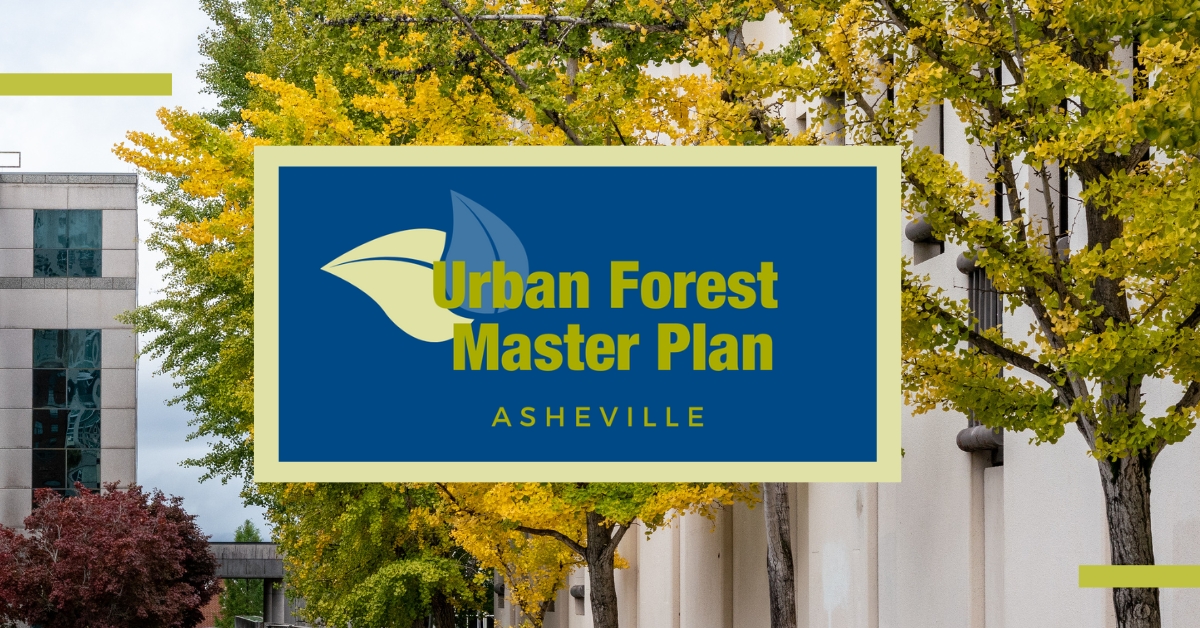UCLA, Community Partners Help Fire Recovery Through Free Soil Testing – UCLA Luskin

Report on Post-Wildfire Soil Remediation and Sustainable Development Goal Alignment in Los Angeles County
1.0 Executive Summary
In response to the 2025 Los Angeles County wildfires, a multi-stakeholder initiative led by University of California, Los Angeles (UCLA) researchers is addressing soil contamination in affected communities. This project directly supports several United Nations Sustainable Development Goals (SDGs) by focusing on public health, community resilience, sustainable land use, and collaborative partnerships. The initiative provides critical soil screening services and promotes accessible, sustainable remediation solutions to advance equitable access to healthy soils.
2.0 Background and Impact Assessment
The 2025 wildfires in the Pacific Palisades-Malibu and Altadena-Pasadena areas resulted in significant human and structural losses, with county officials reporting:
- A minimum of 31 fatalities.
- Over 18,000 structures damaged or destroyed.
These events created urgent public concern regarding the environmental aftermath, specifically the potential for heavy metal contamination in residential soil, posing a direct threat to community well-being.
3.0 Project Objectives and SDG Alignment
The LA Urban Soil Social Impact Collaborative, co-led by researchers from UCLA, has established a program to address these environmental health risks. The project’s core objectives are intrinsically linked to the SDGs:
- Safeguard Public Health (SDG 3: Good Health and Well-being): The primary objective is to identify and mitigate health risks associated with soil contaminants, particularly lead, a neurotoxin. By screening soil and providing remediation guidance, the project directly contributes to preventing illness and promoting community health.
- Build Resilient and Sustainable Communities (SDG 11: Sustainable Cities and Communities): The initiative enhances the resilience of urban communities in the face of natural disasters by providing the tools and knowledge necessary for safe recovery and rebuilding.
- Promote Sustainable Land Management (SDG 15: Life on Land): By advocating for the use of low-cost, accessible soil amendments such as compost and mulch, the project promotes the restoration of soil health and degraded land, which is a key target of SDG 15.
- Foster Multi-Stakeholder Partnerships (SDG 17: Partnerships for the Goals): The project exemplifies a collaborative model, leveraging the strengths of academia, community organizations, tribal partners, and private entities to achieve common sustainability goals.
4.0 Implementation and Community Engagement
The collaborative executes its mission through a series of community-focused activities, including pop-up soil testing events, workshops, and remediation projects. A notable event occurred on October 4 at the Washington Park Community Center in Pasadena, which demonstrated the project’s operational model:
- Participants: Over 80 residents attended.
- Samples Screened: More than 200 soil samples were analyzed.
- Technology: Portable X-ray fluorescence analyzers were used for rapid detection of heavy metals.
- Outcomes: Residents received personalized consultations on improving soil health and safety, empowering them with actionable solutions aligned with sustainable practices.
5.0 Conclusion
The UCLA-led soil testing initiative serves as a critical post-disaster recovery effort that is fundamentally aligned with the Sustainable Development Goals. By integrating scientific research with community engagement and local knowledge, the project not only addresses immediate health concerns (SDG 3) but also builds long-term community resilience (SDG 11), promotes ecological restoration (SDG 15), and showcases the power of effective partnerships (SDG 17) in achieving a sustainable and equitable future.
Analysis of Sustainable Development Goals in the Article
1. Which SDGs are addressed or connected to the issues highlighted in the article?
-
SDG 3: Good Health and Well-being
- The article directly connects to this goal by focusing on the health risks associated with soil contamination after wildfires. The researchers are specifically testing for heavy metals like lead, which the article notes is “a known cause of significant illness.” This initiative aims to protect community health by identifying and mitigating exposure to hazardous substances in the soil where residents live and garden.
-
SDG 11: Sustainable Cities and Communities
- The project is a direct response to a natural disaster (wildfires) that affected communities in Los Angeles County. It aims to make these communities safer and more resilient by addressing the environmental aftermath. The effort to test soil and provide “actionable solutions” helps residents recover and rebuild in a way that mitigates future risks, contributing to the overall sustainability and safety of the urban environment.
-
SDG 15: Life on Land
- This goal is relevant as the core of the project is soil health. The article discusses testing soil quality and providing residents with “personalized consultations on how to improve soil health and safety.” The mention of using “soil amendments, like compost and mulch” points directly to efforts to restore degraded land and promote healthy terrestrial ecosystems in urban and suburban yards and gardens.
-
SDG 17: Partnerships for the Goals
- The article explicitly highlights the collaborative nature of the initiative. The “LA Urban Soil Social Impact Collaborative” is described as a partnership involving “UCLA researchers and community-based, tribal, private, and academic partners from across Los Angeles.” This multi-stakeholder approach is a clear example of the partnerships required to achieve sustainable development.
2. What specific targets under those SDGs can be identified based on the article’s content?
-
Target 3.9: By 2030, substantially reduce the number of deaths and illnesses from hazardous chemicals and air, water and soil pollution and contamination.
- The project’s focus on screening soil for heavy metals like lead directly addresses the “soil pollution and contamination” aspect of this target. The goal is to prevent illness by identifying and managing these hazardous chemicals.
-
Target 11.5: By 2030, significantly reduce the number of deaths and the number of people affected and substantially decrease the direct economic losses relative to global gross domestic product caused by disasters, including water-related disasters, with a focus on protecting the poor and people in vulnerable situations.
- The initiative is a post-disaster recovery effort following the 2025 Los Angeles County wildfires, which “claimed at least 31 lives and damaged or destroyed more than 18,000 structures.” By helping the community understand and remediate soil contamination, the project helps reduce the lingering effects of the disaster on residents’ health and well-being.
-
Target 15.3: By 2030, combat desertification, restore degraded land and soil, including land affected by desertification, drought and floods, and strive to achieve a land degradation-neutral world.
- The project’s aim to “improve soil health and safety” and the promotion of “soil amendments, like compost and mulch” are direct actions toward restoring degraded land (in this case, land impacted by fire and potential contamination) at a local level.
-
Target 17.17: Encourage and promote effective public, public-private and civil society partnerships, building on the experience and resourcing strategies of partnerships.
- The article’s description of the “LA Urban Soil Social Impact Collaborative” as a group that “includes UCLA researchers and community-based, tribal, private, and academic partners” perfectly exemplifies this target. The project leverages the diverse expertise and resources of these different groups to achieve a common goal.
3. Are there any indicators mentioned or implied in the article that can be used to measure progress towards the identified targets?
-
Indicator for Target 3.9:
- The article implies an indicator through its description of the testing process: the detection and concentration of heavy metals (e.g., lead) in soil samples. The screening of “more than 200 soil samples” using “portable X-ray fluorescence analyzers to detect heavy metals” is a direct measurement of soil pollution.
-
Indicator for Target 11.5:
- Progress towards community resilience can be measured by the number of residents engaged in recovery and risk-reduction activities. The article states that the event “welcomed more than 80 residents” who received “personalized consultations,” which serves as a quantifiable indicator of community engagement and capacity building.
-
Indicator for Target 15.3:
- An indicator for land restoration is the number of sites where soil health improvement measures are implemented. The article mentions providing “actionable solutions and soil amendments, like compost and mulch.” Tracking the number of households that receive and act on this advice would measure progress toward this target. The screening of over 200 samples is a preliminary step for this indicator.
-
Indicator for Target 17.17:
- The primary indicator is the existence and operational success of a multi-stakeholder partnership. The article confirms the existence of the “LA Urban Soil Social Impact Collaborative” and describes its composition (academic, community, tribal, private), funding source (UCLA’s Center for Community Engagement), and activities (pop-up events, workshops), which demonstrates an active and effective partnership.
4. Table of SDGs, Targets, and Indicators
| SDGs | Targets | Indicators |
|---|---|---|
| SDG 3: Good Health and Well-being | 3.9: Substantially reduce illnesses from soil pollution and contamination. | Concentration of heavy metals (e.g., lead) detected in soil samples. |
| SDG 11: Sustainable Cities and Communities | 11.5: Reduce the number of people affected by disasters. | Number of residents participating in post-disaster soil testing and remediation workshops (e.g., the “more than 80 residents” mentioned). |
| SDG 15: Life on Land | 15.3: Restore degraded land and soil. | Number of soil samples screened and provided with remediation advice (e.g., the “more than 200 soil samples screened”). |
| SDG 17: Partnerships for the Goals | 17.17: Encourage and promote effective public, public-private and civil society partnerships. | The existence and active engagement of a multi-stakeholder partnership (the “LA Urban Soil Social Impact Collaborative” involving academic, community, tribal, and private partners). |
Source: luskin.ucla.edu
What is Your Reaction?
 Like
0
Like
0
 Dislike
0
Dislike
0
 Love
0
Love
0
 Funny
0
Funny
0
 Angry
0
Angry
0
 Sad
0
Sad
0
 Wow
0
Wow
0














































































